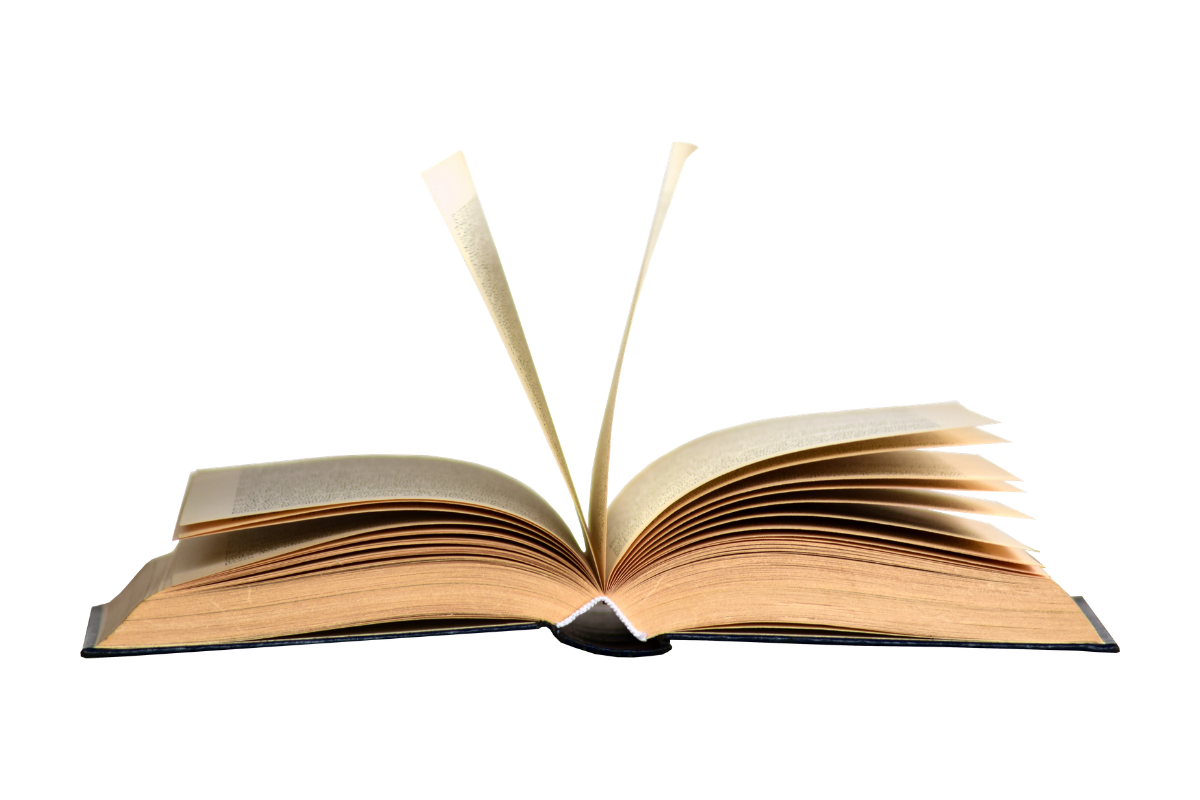Forgery has been a part of human history for centuries. Whether it’s a painting, sculpture, or a document, forgery has always been used to deceive people. The Forger’s Spell by Edward Dolnick is a book that delves into the world of forgery and the people who are involved in it. In this article, we will review The Forger’s Spell and discuss the art of forgery in detail.
What is The Forger’s Spell?
The Forger’s Spell is a non-fiction book by Edward Dolnick that explores the world of art forgery. The book takes us on a journey through the history of forgery and introduces us to some of the most famous forgers in history. Dolnick also discusses the techniques that forgers use to create their forgeries and how they manage to deceive even the most experienced art experts.
The Art of Forgery
Forgery is the act of creating a fake or counterfeit object with the intention of deceiving people. The art of forgery is not limited to paintings and sculptures, but also includes other objects like documents, currency, and even wine. The practice of forgery has been prevalent throughout history, with some of the most famous forgers dating back to ancient times.
One of the most famous forgers in history is Han van Meegeren, who was responsible for creating some of the most convincing forgeries of Johannes Vermeer’s paintings. Van Meegeren was able to deceive even the most experienced art experts and collectors, and his forgeries were sold for millions of dollars.
Techniques Used in Forgery
Forgers use a variety of different techniques to create their forgeries. One of the most common techniques is the use of old canvases and paints. By using old materials, forgers can create a painting that looks like it was created centuries ago. They can also use chemical treatments to age the painting and make it look more authentic.
Another technique that forgers use is the copying of an existing painting. By creating a copy, forgers can replicate the style of the original artist and create a convincing forgery. They can also alter the painting slightly to make it look like a different painting by the same artist.
The Impact of Forgery on the Art World
Forgery has had a significant impact on the art world. It has led to the devaluation of genuine works of art and has caused collectors to become more cautious when purchasing art. The discovery of a forgery can also damage the reputation of an artist or art dealer.
However, forgery has also led to the creation of new markets for art. Many collectors are now interested in forgeries and are willing to pay large sums of money for them. Some collectors even prefer forgeries to genuine works of art because they are less expensive and less risky to own.
Conclusion
In conclusion, The Forger’s Spell by Edward Dolnick is a fascinating book that explores the world of forgery in detail. Dolnick’s book takes us on a journey through the history of forgery and introduces us to some of the most famous forgers in history. The book also discusses the techniques that forgers use to create their forgeries and how they manage to deceive even the most experienced art experts.
Forgery has had a significant impact on the art world, and it is a practice that is likely to continue in the future. While forgery can be damaging to the reputation of artists and art dealers, it has also led to the creation of new markets for art. The Forger’s Spell is a must-read for anyone interested in the world of art and forgery.



